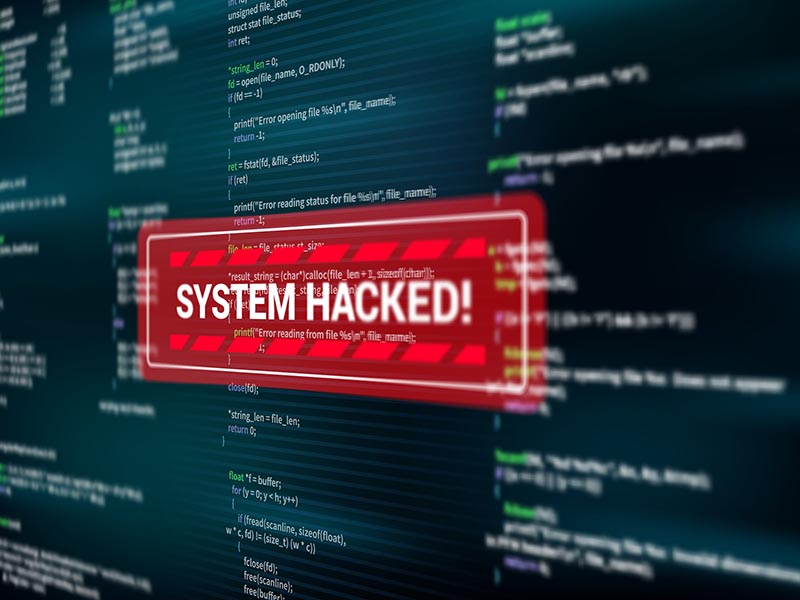
by Kelli Young | Apr 17, 2023 | Cyber Liability Insurance
Since organizations rely heavily on email to communicate and conduct business operations, cybercriminals commonly target email as an entry point to access networks and breach valuable business data. In fact, 94% of malware is delivered by email, according to Verizon’s...

by Kelli Young | Mar 6, 2023 | Cyber Liability Insurance
More than ever before, organizations are aware of the potential financial impact of a cyber attack. Many wrongfully assume that the steep, monetary burden of a cyber attack is exclusively tied to damaged digital assets, lost records, and the price of investigating and...

by Kelli Young | Feb 13, 2023 | Business Insurance, Cyber Liability Insurance
Creating a cybersecurity culture is vital, as employees are an organization’s first line of defense against cybercriminals. For this reason, they’re also commonly targeted. In fact, the vast majority (88%) of data breaches are caused by employee mistakes,...

by Kelli Young | Jan 23, 2023 | Cyber Liability Insurance
At some point, all software will reach the end of its life. This means manufacturers will no longer develop or service the product, discontinuing all technical support, upgrades, bug fixes and security fixes. As a result, end-of-life (EOL) software will have known...

by Kelli Young | Jan 16, 2023 | Cyber Liability Insurance
Cyber incidents—including data breaches, ransomware attacks and social engineering scams—have become increasingly prevalent, impacting organizations of all sizes and industries. Such incidents have largely been brought on by additional cyberthreat vectors and growing...

by Kelli Young | Dec 26, 2022 | Cyber Liability Insurance
Attack surfaces refer to the total possible entry points (also known as attack vectors) for unauthorized access into any system. The recent increase in remote and hybrid work combined with the shift to the cloud and widespread implementation of software-as-a-service...






